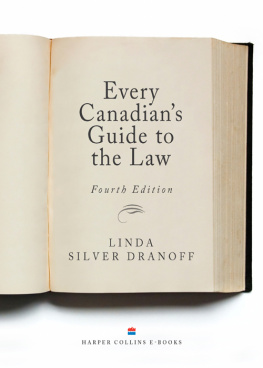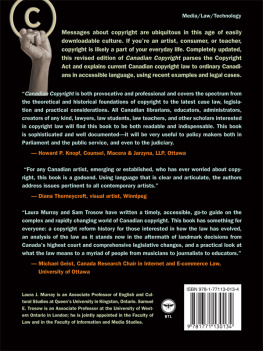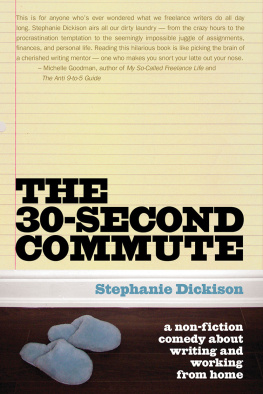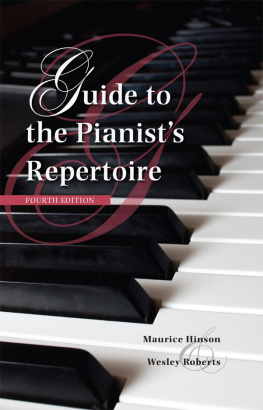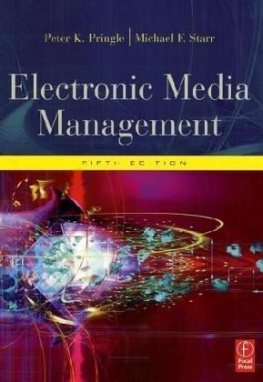Dranoff - Every Canadians Guide to the Law
Here you can read online Dranoff - Every Canadians Guide to the Law full text of the book (entire story) in english for free. Download pdf and epub, get meaning, cover and reviews about this ebook. City: New York;Canada, year: 2011, publisher: HarperCollins Canada, genre: Politics. Description of the work, (preface) as well as reviews are available. Best literature library LitArk.com created for fans of good reading and offers a wide selection of genres:
Romance novel
Science fiction
Adventure
Detective
Science
History
Home and family
Prose
Art
Politics
Computer
Non-fiction
Religion
Business
Children
Humor
Choose a favorite category and find really read worthwhile books. Enjoy immersion in the world of imagination, feel the emotions of the characters or learn something new for yourself, make an fascinating discovery.
- Book:Every Canadians Guide to the Law
- Author:
- Publisher:HarperCollins Canada
- Genre:
- Year:2011
- City:New York;Canada
- Rating:5 / 5
- Favourites:Add to favourites
- Your mark:
- 100
- 1
- 2
- 3
- 4
- 5
Every Canadians Guide to the Law: summary, description and annotation
We offer to read an annotation, description, summary or preface (depends on what the author of the book "Every Canadians Guide to the Law" wrote himself). If you haven't found the necessary information about the book — write in the comments, we will try to find it.
Every Canadians Guide to the Law — read online for free the complete book (whole text) full work
Below is the text of the book, divided by pages. System saving the place of the last page read, allows you to conveniently read the book "Every Canadians Guide to the Law" online for free, without having to search again every time where you left off. Put a bookmark, and you can go to the page where you finished reading at any time.
Font size:
Interval:
Bookmark:
EVERY CANADIANS
GUIDE TO
THE LAW
FOURTH EDITION

INTRODUCTION
This book is an attempt to demystify the law for the average person. In my over 30-year career as a practising lawyer, legal columnist for 25 years with Chatelaine magazine, speaker, television and radio guest, and on-air legal advisor, I have been asked all kinds of questions by people who need to know the rightthe legalthing to do in all sorts of circumstances.
No two cases presented to me have been exactly alike. But whether or not individuals are involved in or considering a lawsuit, they need plainly stated information and practical advice. They want to know their rights and obligations. Sometimes, people do not have an immediate problem; they are just curious about the law generally or the legal implications of something that happened to someone they know or have heard about. People are interested in a broad range of legal issues, and this book canvasses as many of them as possible. At the same time, with the increasing scarcity of affordable legal services and ongoing cuts to legal aid, more people are forced to represent themselves. They need basic information to help them do so and to recognize when they should stretch their limited resources and retain a lawyer.
To understand the law, and how the legal system applies the law in practice, I believe that we must know how it evolved and continues to evolve.
The law is a living thing. The tree of law is composed of many branches and roots: legislation, to which legislators and government committees contribute; court rulings, to which lawyers and judges add their interpretations; lobbying and friend of the court submissions, by which the public gets its voice heard; royal commissions, which inquire into issues that may not be before the courts (for example, the Commission of Inquiry into Certain Allegations Respecting Business and Financial Dealings Between Karlheinz Schreiber and the Right Honourable Brian Mulroney, which reported in 2010); public hearings and task forces by legislative committees or appointed individuals; and law reform commissions, in which academics and reformers have their say.
The common law, as we know it outside Quebec (Quebec has a civil code containing, in effect, a complete legislative code), has grown and evolved to meet the new needs of every society and community. It is an intermeshing of statute lawlegislation passed by elected officials in legislative assembliesand interpretive lawrulings on the meaning of the law applied to individual situations by individual judges, and sometimes juries, in particular cases. Judgments that interpret or extend the law to resolve a unique problem in a specific case can have a major impact on other individuals with legal problems. When the judge makes a ruling that sets a precedent, this precedent helps future litigants.
The interrelationship between the legislature and the courts has changed since the passage of the Charter of Rights and Freedoms in 1982. Before the Charter, their roles were clear: The legislature passed statute law, and the courts interpreted that law in individual cases. Sometimes, the court extended the meaning of the statute law and set a precedent, which means that the court changed the law for other cases. But after the Charter came into effect (1982 for all but the equality provisions, which came into force in 1985), judges had the authority to invalidate statute provisions that were contrary to the Charters protection of individual rights. This authority gave the courts final say, which they had never had before.
Their final say was subject only to the right of the legislatures to invoke section 33 of the Charter, the notwithstanding clause. In what were expected to be rare cases, legislatures were permitted to pass a law saying that notwithstanding the courts decision that the government had breached the Charter, the legislature had the right to do so. This power has been used infrequently.
The ongoing tension between the courts and legislators has been well described by Mr. Justice Grard La Forest, writing for the minority in a case at the Supreme Court of Canada. In his statement, he clarified the difference between their roles:
the fundamental institutional distinction between the legislative and judicial functionslies at the very heart of our political and constitutional system. Courts are specialists in the protection of liberty and the interpretation of legislation. However, courts are not specialists in the realm of policy-making, nor should they be. This is a role properly assigned to the elected representatives of the people, who have at their disposal the necessary institutional resources to enable them to compile and assess social science evidence, to mediate between competing social interests, and to reach out and protect vulnerable groups.
Who should have the final say: an appointed, unaccountable judge, or an elected legislator? At first blush, it appears that elected representatives would bring about the more democratic process. But politicians make decisions based on party discipline. When the political party in power has the majority of seats in Parliament, the prime minister and Cabinet usually dictate how the individual politicians will vote (unless they are free to vote as they wish on a particular issue, such as capital punishment). Maybe it is just as well that our system allows both judges and legislators to have the final say in different cases.
Legislation does not state every possible rule of human interaction, nor have the judges in their courtrooms dealt with all the permutations of human conduct. But statute law and interpretive law form the bone and tissue of the legal skeleton, which lawyers use to negotiate for their clients. When a new situation arises, lawyers and judges apply the basic legal principles and the case law to help resolve the conflict; they add more tissue to the skeleton.
When legal principles do not settle a problem, then either the combatants compromise and avoid court, with its high cost and uncertain outcome, or they choose court and hope that they will get what they want from a judge.
If combatants choose court, they must have access to the justice system and confidence in the process and the result. Access to justice has become one of the most important challenges facing society. Access does not simply mean that the door to the courthouse is open, or that anyone can issue a writ in civil court to right a wrong done to him or her. It does not simply mean that people can register a complaint in criminal court or call in the police to bring the criminal justice system to bear if a crime is committed against them or their neighbours. It is much more complicated.
To get access to justice, you must be able to afford legal advice and assistance, because without a lawyer it is difficult to advocate your interests properly. Before going to court in a civil case, consider whether retaining a lawyer to fight your case is cost effective. At the end of the process, you want to end up with more than just the ability to pay your legal fees. You can represent yourself in Small Claims Court, but note that the maximum for which you can sue in this court varies among the provinces from a low of $5,000 to a high of $25,000. If you cannot afford representation and cannot represent yourself, legal aid is supposed to be available, particularly in criminal cases. But the problem is that legal aid underfunding and cuts threaten access and quality of service in many parts of Canada. When legal aid is not available, many people are representing themselves. This approach may be risky, especially in criminal cases and serious civil cases.
Font size:
Interval:
Bookmark:
Similar books «Every Canadians Guide to the Law»
Look at similar books to Every Canadians Guide to the Law. We have selected literature similar in name and meaning in the hope of providing readers with more options to find new, interesting, not yet read works.
Discussion, reviews of the book Every Canadians Guide to the Law and just readers' own opinions. Leave your comments, write what you think about the work, its meaning or the main characters. Specify what exactly you liked and what you didn't like, and why you think so.

